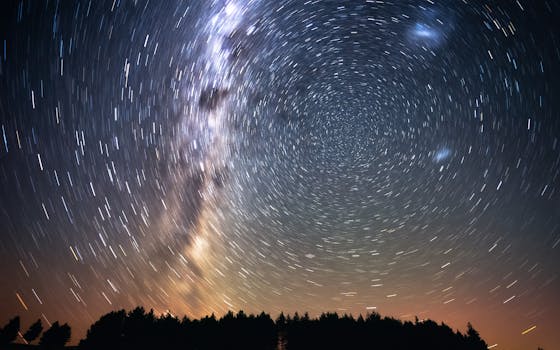
“
Introduction to the Cosmos Beyond the Milky Way
Beyond the Milky Way: Imagining New Worlds and Possibilities is a fascinating topic that has captivated humans for centuries. As we continue to explore and understand our universe, we are constantly reminded of how small we are in the grand scheme of things. The Milky Way, our home galaxy, is just one of billions of galaxies in the observable universe. In this article, we will delve into the mysteries of the cosmos, exploring new worlds and possibilities beyond our galaxy.
Understanding the Milky Way
The Milky Way is a barred spiral galaxy, consisting of hundreds of billions of stars, stellar remnants, interstellar gas, dust, and dark matter. It is estimated to be about 100,000 light-years in diameter and is thought to contain between 200 and 400 billion stars. The Milky Way is just one of many galaxies in the universe, and its unique structure and composition make it an fascinating subject for study. Charting New Realms will further explore the wonders of our galaxy.
Exploring the Universe Beyond the Milky Way
As we look beyond the Milky Way, we enter a vast expanse of space, filled with other galaxies, stars, and celestial objects. The universe is estimated to be around 13.8 billion years old, and it is still expanding. This expansion means that the distance between galaxies is increasing, making it more challenging to explore and study the universe. However, with the help of advanced telescopes and spacecraft, we are able to study the universe in greater detail than ever before. Beyond Stars offers insights into the frontiers of human creativity as we explore these cosmic realms.
New Worlds and Possibilities
The discovery of exoplanets, which are planets that orbit stars outside of the Milky Way, has opened up new possibilities for the search for life beyond our galaxy. Many of these exoplanets are believed to be located in the habitable zones of their respective stars, where conditions are suitable for life as we know it. The search for life beyond the Milky Way is an exciting and ongoing area of research, with scientists using a variety of methods to detect biosignatures and study the properties of exoplanet atmospheres. The journey of imagination beyond the stars is beautifully captured in Soaring Through the Cosmos.
Takeaways
- The universe is vast and complex, with billions of galaxies, stars, and celestial objects.
- The Milky Way is just one of many galaxies in the universe, and its unique structure and composition make it an fascinating subject for study.
- The discovery of exoplanets has opened up new possibilities for the search for life beyond our galaxy.
- Exploring the universe beyond the Milky Way is a challenging but rewarding endeavor, with scientists using advanced telescopes and spacecraft to study the cosmos.






